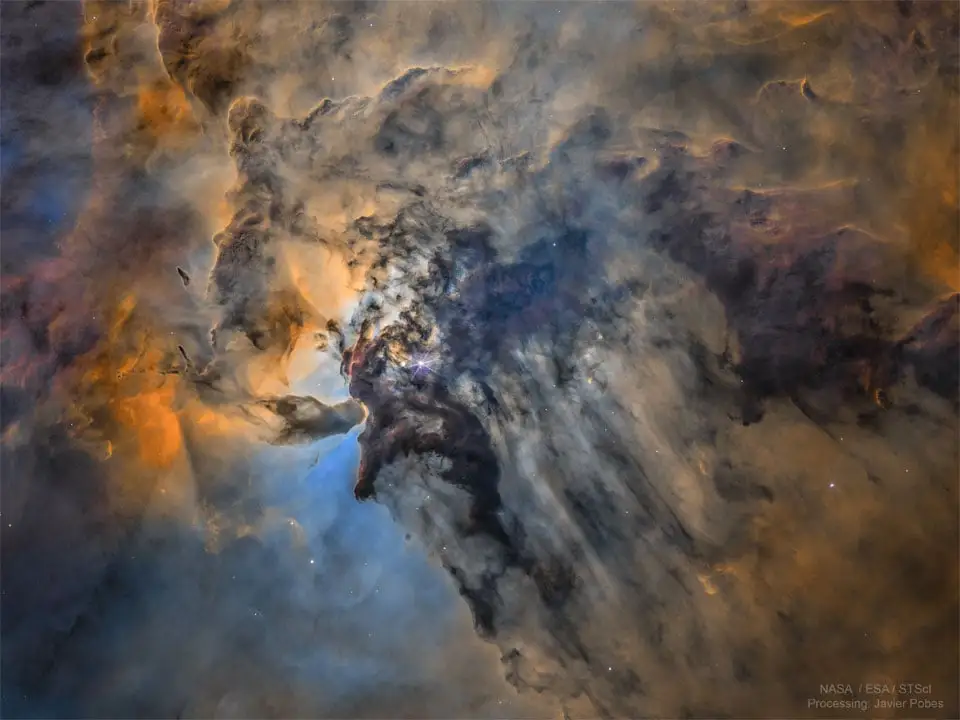this post was submitted on 16 Oct 2024
90 points (98.9% liked)
Space
8735 readers
38 users here now
Share & discuss informative content on: Astrophysics, Cosmology, Space Exploration, Planetary Science and Astrobiology.
Rules
- Be respectful and inclusive.
- No harassment, hate speech, or trolling.
- Engage in constructive discussions.
- Share relevant content.
- Follow guidelines and moderators' instructions.
- Use appropriate language and tone.
- Report violations.
- Foster a continuous learning environment.
Picture of the Day
 The Busy Center of the Lagoon Nebula
The Busy Center of the Lagoon Nebula
Related Communities
🔭 Science
- !astronomy@mander.xyz
- !curiosityrover@lemmy.world
- !earthscience@mander.xyz
- !esa@feddit.nl
- !nasa@lemmy.world
- !perseverancerover@lemmy.world
- !physics@mander.xyz
- !space@beehaw.org
- !space@lemmy.world
🚀 Engineering
🌌 Art and Photography
Other Cool Links
founded 1 year ago
MODERATORS
you are viewing a single comment's thread
view the rest of the comments
view the rest of the comments
Can anyone explain how this is the comet of the century?
Halley's comet happens every century. That's the baseline.
From the article:
Huh, I'm pretty sure neowise had a lower magnitude. I was in a city at the time and could see it through the light pollution at night with the naked eye. This one disappears quickly in the dark after the sunset goes towards astronomical dusk... And the moon light is also making it impossible to see. Maybe looks brighter at sunset in specific parts of the world, but at least my experience in its glory was nothing like Neowise.
Also earthsky claims magnitude -5 to -7. I don't believe that. For context, the magnitude of Venus is about -4 and that planet outshined the comet greatly.
Agree. Could see neowise with the naked eye.
Maybe it's just the location of the comet in relation to the sun?
This one is like washed out until right after sunset and then it's gone past the horizon a few minutes later.